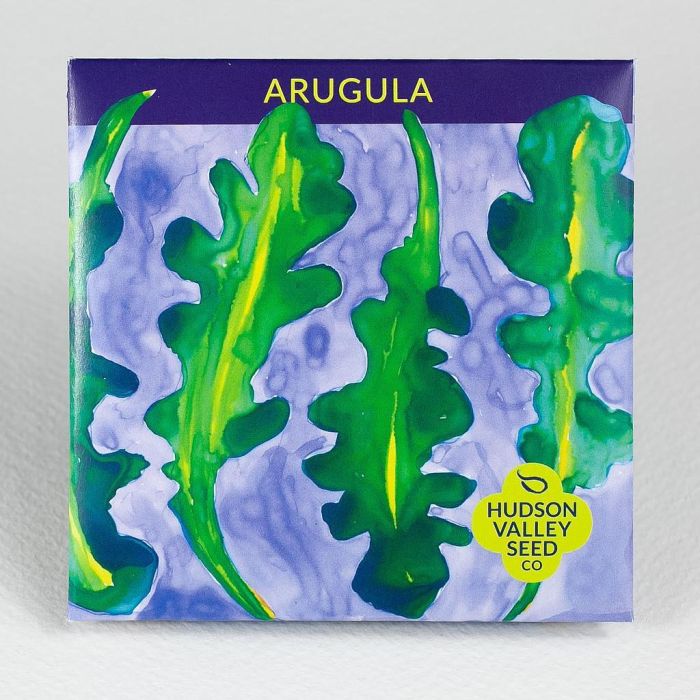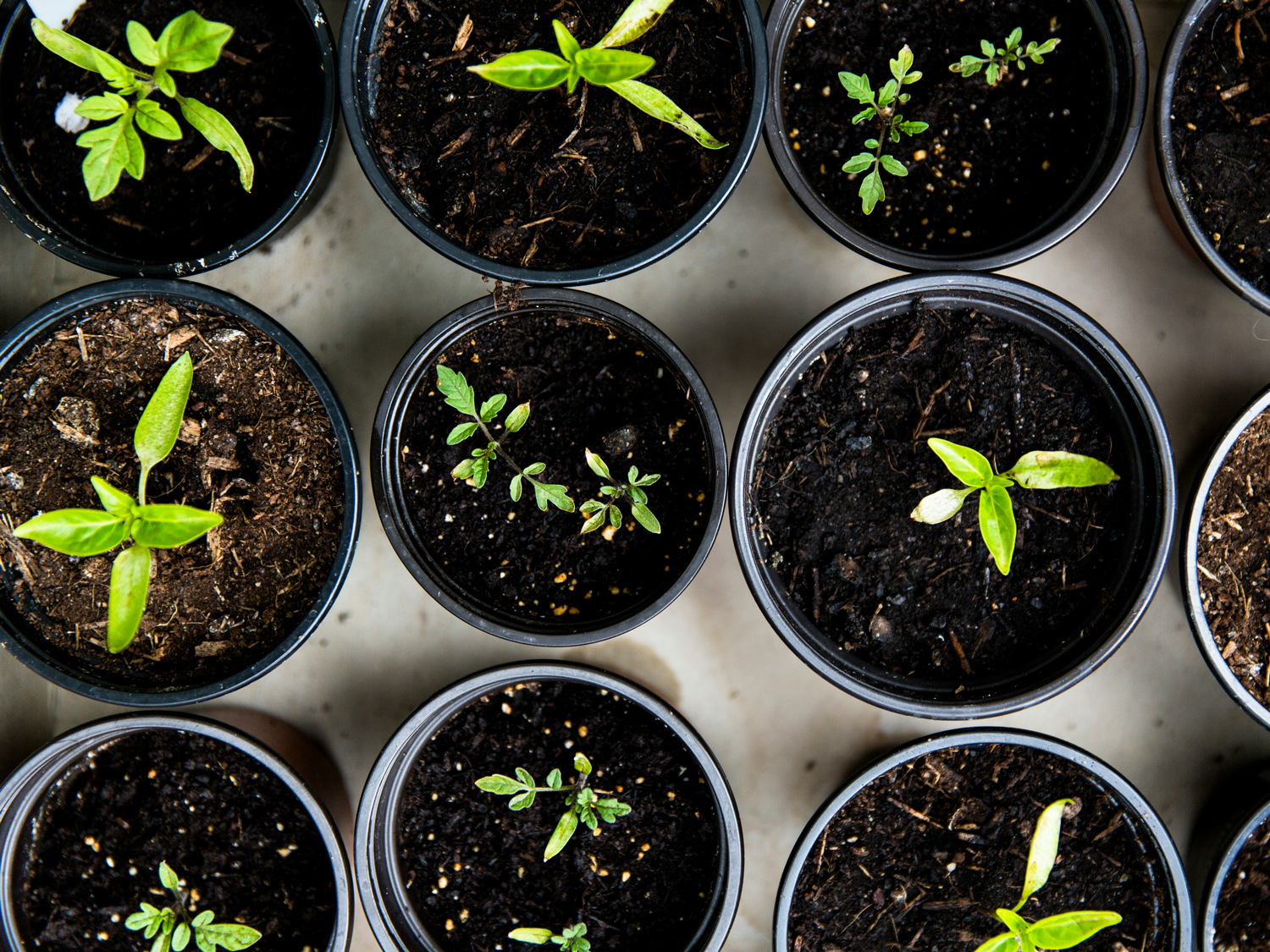Eruca, Arugula ~ 500 seeds

- Sun Preference
- Full-Sun, Part-Sun, No-Sun
Description
Eruca sativa
Certified Organic
Bright and potent green, delectable in the cooler months.
Adult leaves can be harvested within four weeks of sowing. Its characteristic zing is irreplaceable and beloved by many. From the seedling stage until early maturity, it can be harvested for fresh eating in salads and garnishing sandwiches; when it gets older, it can be braised in olive oil for a terrific cooked green that is great with pasta dishes.
Seed Starting Successfully
Start your garden from scratch with Gertens' wide variety of seed packets! Whether you're a seasoned gardener or just starting out, we have seeds for every skill level and garden size. From colorful flowers to delicious vegetables, our seeds are carefully selected for their quality and performance.
Details
Foods have meanings that change over time. Mesclun mix salads containing arugula were staples of the Romans, but arugula was later banned by the Catholic Church due to its reputation as an aphrodisiac. Today, despite its ease of growth, arugula is sometimes used to symbolize snooty foodie culture. We are not bitter, but we don't think there are any vegetables too elite to grow in your humble home gardens, especially when they're as fast-growing and delicious as arugula.
Adult leaves can be harvested within four weeks of sowing. Its characteristic zing is irreplaceable and beloved by many. From the seedling stage until early maturity, it can be harvested for fresh eating in salads and garnishing sandwiches; when it gets older, it can be braised in olive oil for a terrific cooked green that is great with pasta dishes.
This variety is suitable for growing as a microgreen.
Growing Instructions
Direct sow as soon as soil can be worked. If transplanting, do so promptly; seedlings grow quickly and checked growth can cause premature bolting. Harvest when young for fresh use and when slightly older for braising. It can become stressed in mid-summer but loves cool weather and will thrive throughout the rest of the season, making it ideal for succession sowing. Arugula is very hardy and will grow through winter with the protection of a cold frame or low tunnel.
Quick Facts
Days to Germination: 4-8 days
Days to Maturity: 38 days
Planting Depth: ¼"
Spacing in Row: 6-12"
Spacing Between Rows: 12"
Height at Maturity: 12-24"
Width at Maturity: 6-12"
Sun Preference: Full to Little Sun
About the Artist
Artwork by Robert Morris (1931-2018). Morris was one of the pioneers of Minimalism, edgy performance art, and large-scale installation art, so this small saturated watercolor on vellum came as a surprise. It shows that he had a deep love of gardening and reverence for fresh food.
More Information
| Brand | Hudson Valley Seed Co |
|---|---|
| Seed Packet Type | Organic Vegetables |
| Common Family Name | Arugula |
| Sun Preference | Full-Sun, Part-Sun, No-Sun |
| Deer Resistant | No |
| Harvest Time | Spring, Fall |
| Plant Life Cycle | Annual |
| Mature Height (Range) | 13" - 24" |
| Spacing Between Rows | 12" |
| Spacing in Row | 6-12" |
| Planting Depth | ¼" |
| Days to Germination | 4-8 days |
| Days to Maturity | 38 days |


